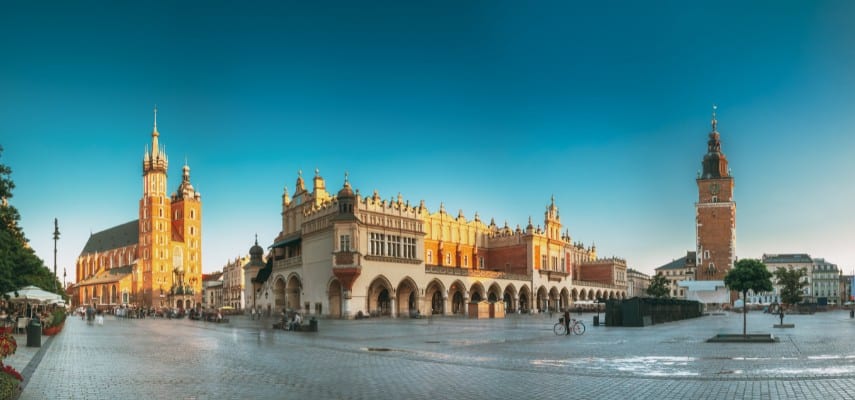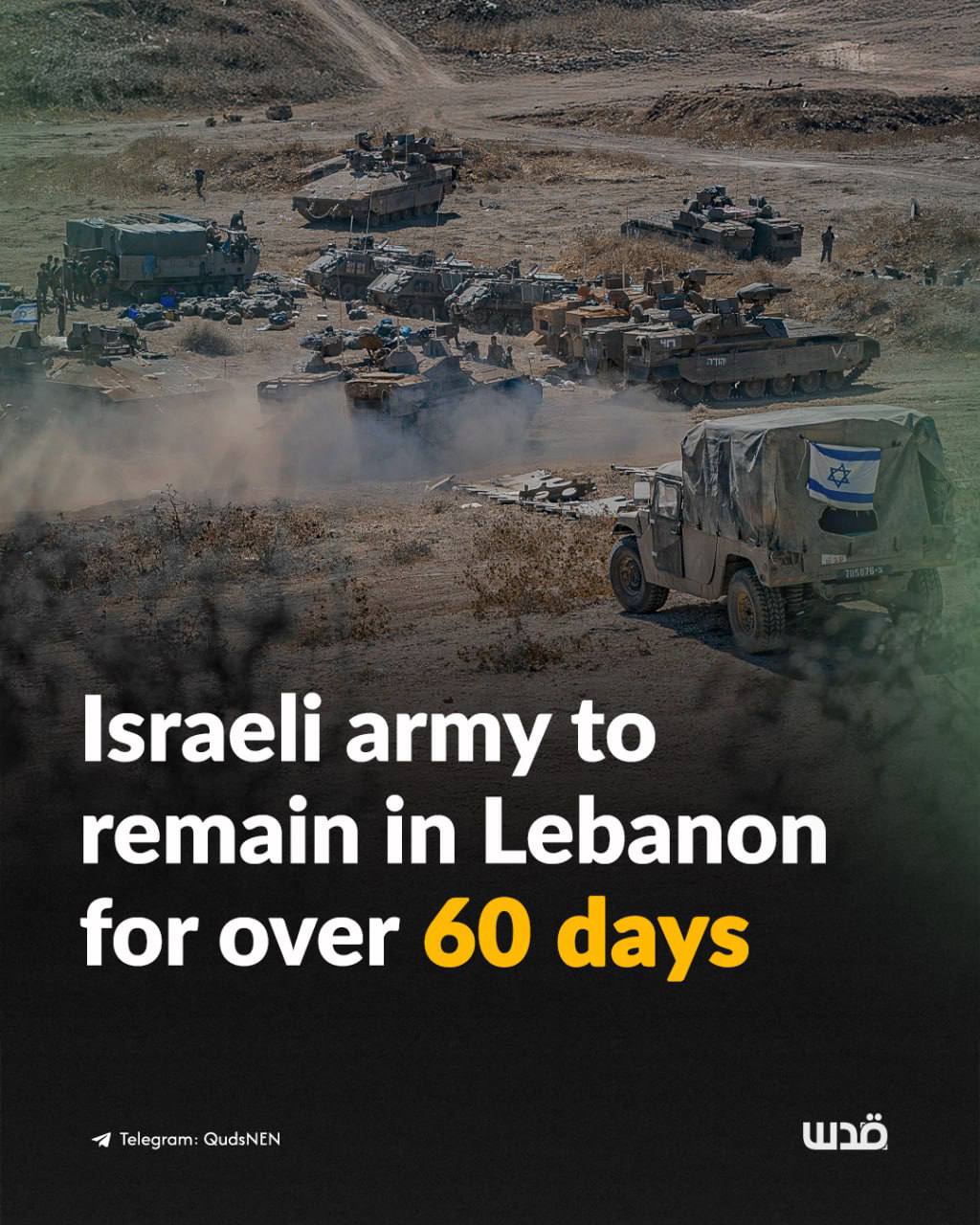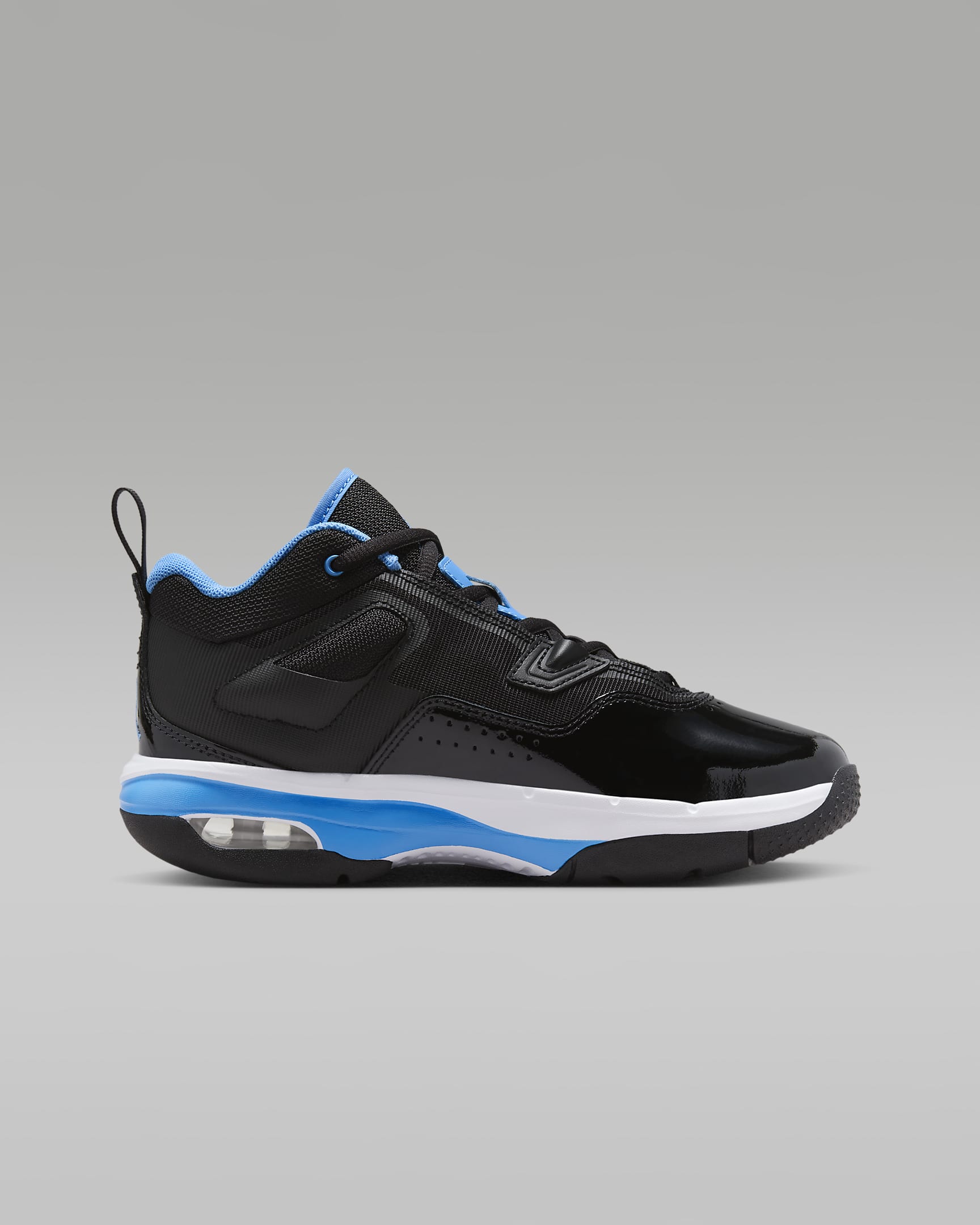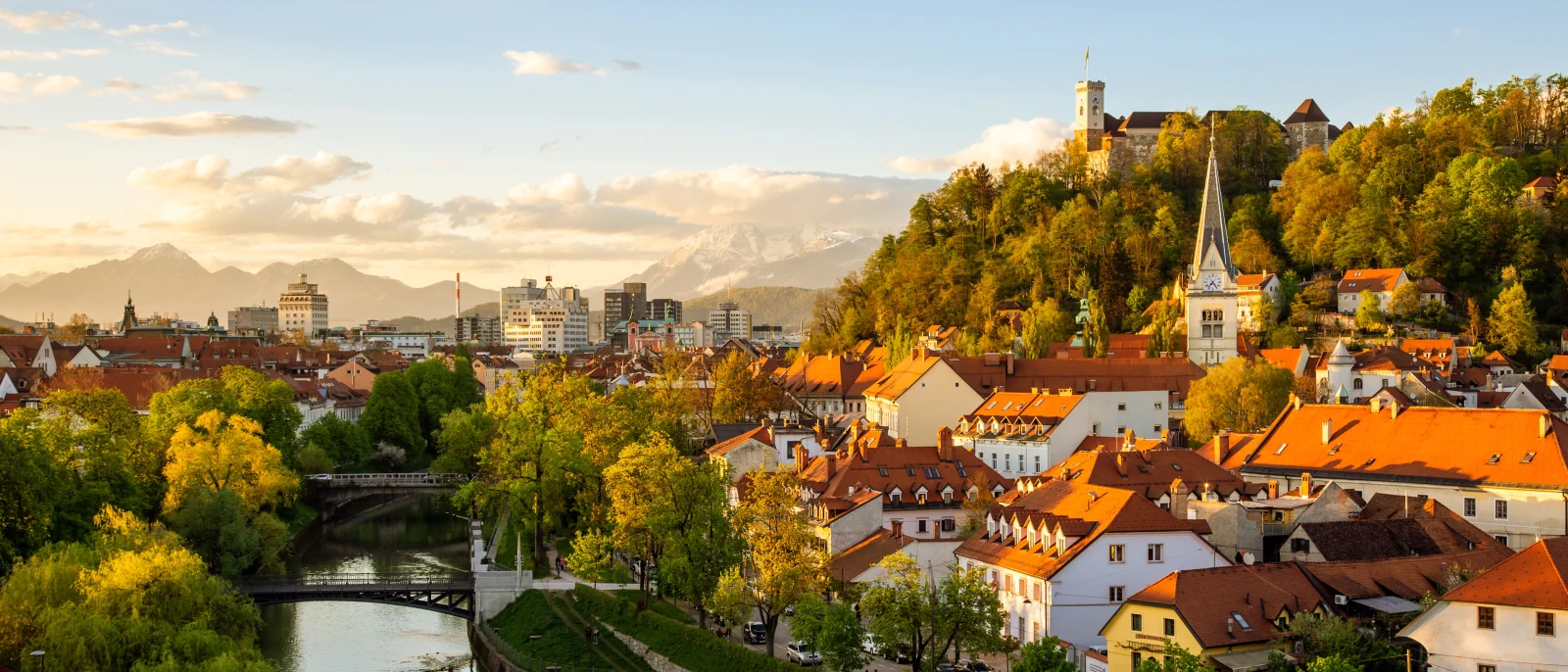
Slovenia, a country often overlooked in the bustling European travel circuit, is a true gem waiting to be discovered. Nestled between the Julian Alps, the Adriatic Sea, and the Pannonian Plain, it boasts an astonishing diversity of landscapes, a rich history, and a vibrant culture, all packed into a compact and easily navigable nation. And the best part? Experiencing its magic doesn’t have to come with a hefty price tag. This comprehensive guide will unlock the secrets to finding cheap flights to Slovenia, alongside a treasure trove of information to plan an unforgettable and budget-friendly adventure.
Finding Your Golden Ticket: Cheap Flights to Slovenia
The key to unlocking Slovenia on a budget lies in smart flight booking. While direct flights to Ljubljana Jože Pučnik Airport (LJU) are available from major European hubs, exploring alternative airports and flexible travel dates can significantly slash costs.
Related Articles about Slovenia on a Shoestring: Unveiling the Emerald Gem Without Breaking the Bank:
- Chile: A Symphony of Extremes and Enduring Charms
- Beyond the Horizon: Unveiling Saudi Arabia on a Budget
- San Francisco: A City of Golden Dreams, Iconic Views, and Unforgettable Stays
- Unlocking Korea: Your Guide to Cheap Flights and Unforgettable Adventures
- Rome: An Eternal Journey Through History, Art, and La Dolce Vita
- Target Airports: Ljubljana (LJU) is the primary gateway. However, consider flying into nearby airports in neighboring countries and taking a bus or train to Slovenia. Trieste Airport (TRS) in Italy, or even Vienna International Airport (VIE) or Zagreb Airport (ZAG) in Croatia, can sometimes offer more competitive fares. The bus and train networks connecting these cities to Slovenia are efficient and affordable.
- Budget Airlines are Your Friends: Look out for carriers like Ryanair, Wizz Air, easyJet, and Vueling, which frequently offer budget-friendly routes into Europe. While they might not always fly directly to Ljubljana, they can be excellent for reaching the alternative airports mentioned above.
- Embrace Flexibility: The golden rule of cheap flights is flexibility. If your travel dates are open-ended, use flight comparison websites (Skyscanner, Google Flights, Kayak, Momondo) to explore a range of dates. Mid-week flights, outside of peak holiday seasons, are almost always cheaper.
- Book in Advance (But Not Too Far): While last-minute deals can exist, generally, booking your flights 1-3 months in advance offers the best balance of availability and price. Avoid booking too early, as prices can fluctuate.
- Set Price Alerts: Most flight comparison sites allow you to set up email alerts for specific routes. This way, you’ll be notified immediately when prices drop.
- Consider Layovers: Direct flights are convenient but often pricier. Flights with one or two layovers can be significantly cheaper. Weigh the cost savings against the extra travel time.
- Travel Off-Season: The shoulder seasons – spring (April-May) and autumn (September-October) – offer pleasant weather, fewer crowds, and more affordable flights and accommodation compared to the summer months. Winter can be even cheaper, especially if you’re interested in winter sports.
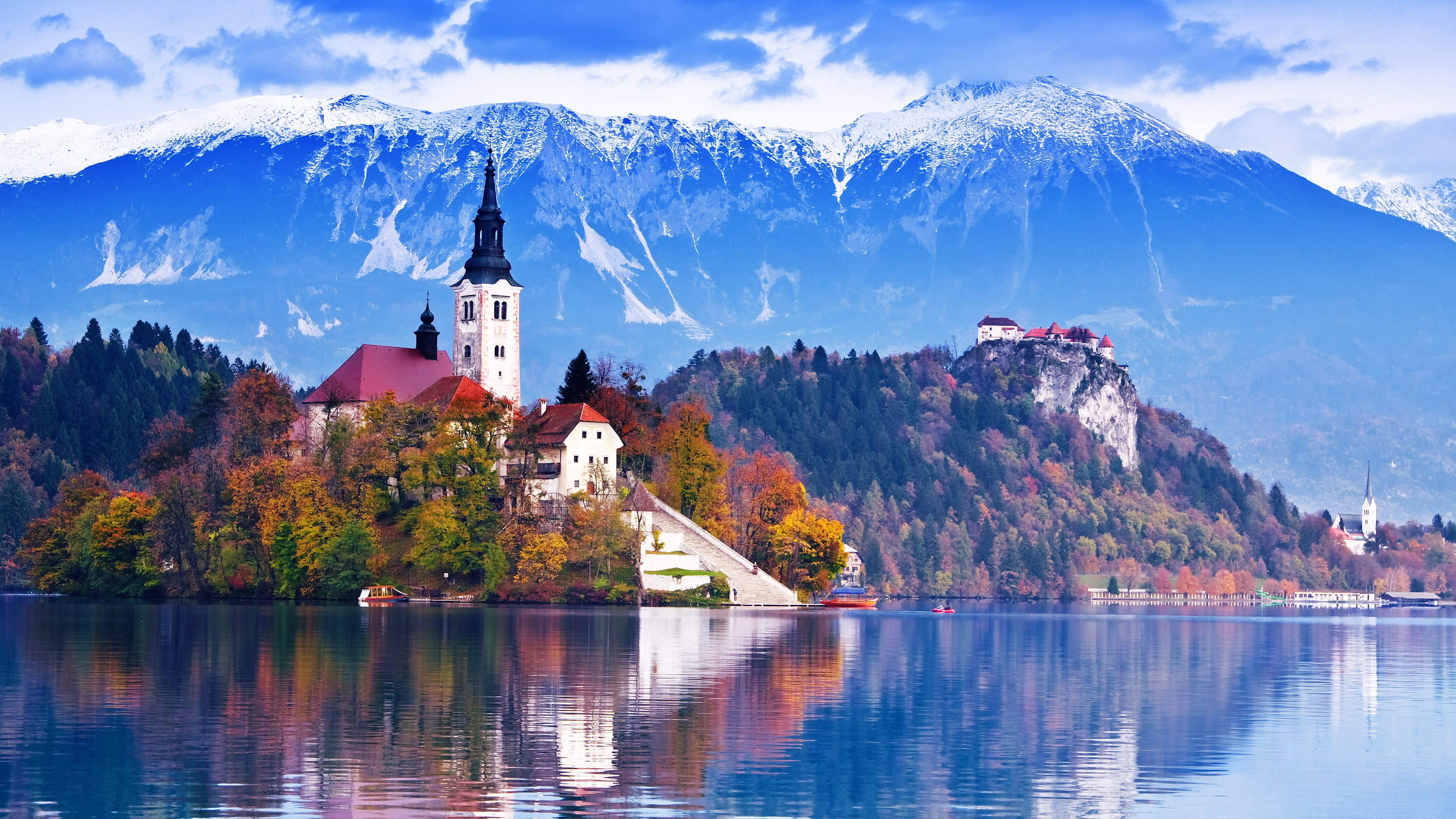
A Tapestry of Time: A Glimpse into Slovenia’s History
Slovenia’s history is a captivating narrative of empires, occupations, and eventual independence. Its strategic location has meant it has been a crossroads of cultures for millennia.
- Ancient Roots: The territory of modern-day Slovenia has been inhabited since prehistoric times. Archaeological discoveries point to settlements dating back to the Stone Age. The Celts and then the Romans left their mark, with Roman roads and settlements still visible today.
- Slavic Arrival: The ancestors of modern Slovenes, the South Slavs, began migrating into the region in the 6th century.
- Carinthian Duchy and Holy Roman Empire: For centuries, Slovenia was part of various German-speaking entities, most notably the Duchy of Carinthia and later the vast Holy Roman Empire. This period saw the development of a distinct Slovenian language and culture, despite being under foreign rule.
- Habsburg Rule: From the 14th century until the end of World War I, much of Slovenia was part of the Habsburg Monarchy, later the Austro-Hungarian Empire. This era brought significant administrative, economic, and cultural development, but also periods of nationalist awakening.
- Yugoslavia’s Embrace: Following the collapse of the Austro-Hungarian Empire in 1918, Slovenia became part of the Kingdom of Serbs, Croats, and Slovenes, which later evolved into the Socialist Federal Republic of Yugoslavia. This was a period of socialist rule and a different political and economic landscape.
- Independence: After a brief "Ten-Day War" in 1991, Slovenia peacefully declared its independence from Yugoslavia, becoming the first country to secede from the federation. This marked a new chapter, leading to its integration into the European Union and NATO.
This rich historical tapestry is evident in Slovenia’s architecture, traditions, and the resilience of its people.
Slovenia’s Crown Jewels: Top Attractions for Every Budget
Slovenia punches far above its weight when it comes to natural beauty and cultural treasures. Here are some must-see attractions, with tips on how to enjoy them affordably:
- Lake Bled: The iconic, fairytale-like island church set against the backdrop of a medieval cliff-top castle is Slovenia’s most famous postcard image.
- Budget Tip: While rowboat rentals can be pricey, consider joining a group boat tour to share costs. Pack a picnic to enjoy by the lake, rather than dining at expensive lakeside restaurants. The walk around the lake is free and offers stunning views.
- Ljubljana Castle: Perched atop a hill overlooking the capital, the castle offers panoramic views and a glimpse into the city’s past.
- Budget Tip: The funicular ride up is an experience, but you can also walk up for free. Explore the castle grounds and enjoy the views without necessarily paying for all the internal exhibitions.
- Postojna Cave & Predjama Castle: A natural wonder of vast underground chambers and a dramatic castle built into a cave mouth.
- Budget Tip: These are popular, so consider booking tickets online in advance. While a combined ticket might seem expensive, it’s often the most economical way to see both. Look for potential package deals or discounts for students or seniors.
- Julian Alps & Triglav National Park: Home to breathtaking mountain scenery, pristine lakes, and hiking trails.
- Budget Tip: Hiking and camping (in designated areas) are fantastic free or low-cost activities. Pack your own food and water. Consider staying in hostels or mountain huts for affordable accommodation.
- Soča Valley: Renowned for its emerald-green river, stunning gorges, and opportunities for adventure sports like kayaking and rafting.
- Budget Tip: While guided adventure activities can be costly, simply exploring the valley, enjoying picnics by the river, and visiting charming villages is free. Renting a bike is also a more affordable way to see the sights.
- Piran: A picturesque coastal town on the Adriatic, reminiscent of Venice with its narrow streets, Venetian architecture, and charming squares.
- Budget Tip: Enjoy the atmosphere by wandering through the streets, climbing the bell tower for views (for a small fee), and indulging in affordable seafood from local markets or smaller trattorias away from the main square.
- Skocjan Caves: A UNESCO World Heritage site, these dramatic karst caves offer a more raw and awe-inspiring underground experience than Postojna.
- Budget Tip: Often less crowded and sometimes slightly cheaper than Postojna, offering incredible value for the experience.
Navigating the Emerald Isle: Travel Tips for Slovenia
- Currency: Slovenia uses the Euro (€).
- Language: The official language is Slovenian. English is widely spoken in tourist areas and by younger generations. Learning a few basic Slovenian phrases like "Dober dan" (Good day) and "Hvala" (Thank you) will be appreciated.
- Visa: Slovenia is part of the Schengen Area. Citizens of many countries can enter for short stays (up to 90 days within a 180-day period) without a visa. Always check current visa requirements for your nationality.
- Connectivity: Wi-Fi is readily available in hotels, hostels, cafes, and public spaces. Consider purchasing a local SIM card for affordable data if needed.
- Safety: Slovenia is a very safe country with low crime rates. Exercise common sense as you would anywhere.
- Tap Water: Tap water is safe and delicious to drink throughout Slovenia, saving you money on bottled water.
- Tipping: Tipping is not mandatory but is appreciated for good service. Rounding up the bill or leaving 5-10% in restaurants is common.
Sleeping Soundly on a Budget: Accommodation Options
Slovenia offers a diverse range of accommodation to suit every budget:
- Hostels: The most budget-friendly option, especially in cities like Ljubljana, Bled, and Maribor. They offer dormitory beds and sometimes private rooms, with shared kitchens and common areas.
- Guesthouses (Penzioni): Often family-run, these offer a more personal touch and a good balance of comfort and price, especially in smaller towns and rural areas.
- Apartments and Airbnb: A great option for longer stays or for those who want to self-cater. You can often find good deals, especially outside of peak season.
- Budget Hotels: Many cities have a selection of 2- and 3-star hotels that offer clean and comfortable rooms at reasonable prices.
- Agriturismo (Farm Stays): Experience rural Slovenian life and enjoy delicious homemade food by staying on a working farm. This can be a unique and affordable way to connect with the local culture.
- Camping: Slovenia has numerous well-maintained campsites, particularly in scenic natural areas. This is an excellent budget option for nature lovers.
Getting Around Slovenia: Affordable Transportation
Slovenia is a compact country, making it easy and affordable to get around:
- Buses: The most extensive and often the cheapest mode of transport. Intercity buses connect most towns and cities efficiently. Companies like Nomago and Arriva operate major routes.
- Trains: Slovenia has a decent railway network, particularly connecting major cities. While sometimes slightly more expensive than buses, trains offer a more scenic and comfortable journey.
- Car Rental: If you plan to explore remote areas or have a lot of flexibility, renting a car can be convenient. However, for budget travel focused on main attractions, it’s often unnecessary and can add significant costs (rental, fuel, parking). Consider it only if you truly need it.
- Cycling: Slovenia is becoming increasingly bike-friendly, especially in flatter regions and around lakes. Many towns offer bike rental services.
- Walking: Many Slovenian cities and towns are very walkable, allowing you to explore at your own pace and discover hidden gems.
When to Chase the Emerald Dream: Best Time to Visit
The "best" time to visit Slovenia depends on your priorities and budget.
- Spring (April-May): Pleasant temperatures, blooming wildflowers, and fewer crowds. Ideal for hiking and exploring cities. Flights and accommodation are generally more affordable.
- Summer (June-August): Warmest weather, perfect for swimming in lakes and the Adriatic. This is peak tourist season, so expect higher prices and more crowds. Book flights and accommodation well in advance.
- Autumn (September-October): Crisp air, stunning fall foliage, and a quieter atmosphere. Excellent for hiking and cultural exploration. Prices start to drop after the summer rush.
- Winter (November-March): Cold weather, perfect for winter sports like skiing and snowboarding in the Alps. Cities are adorned with festive decorations. This is the cheapest time to visit for non-skiers, but some attractions might have limited opening hours.
Conclusion: Slovenia Awaits Your Budget Adventure
Slovenia offers an extraordinary European experience without demanding a king’s ransom. By strategically seeking out cheap flights, embracing budget-friendly accommodation and transportation, and focusing on the country’s incredible natural beauty and rich history, you can craft an unforgettable journey that nourishes your soul and respects your wallet. So, start planning, be flexible, and get ready to fall in love with the emerald gem of Europe – Slovenia is ready to welcome you!
